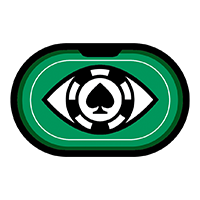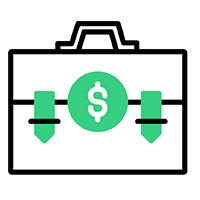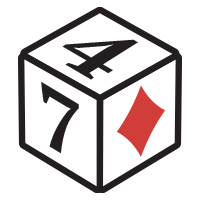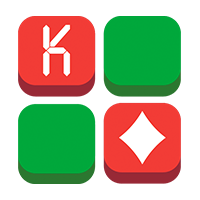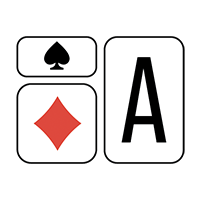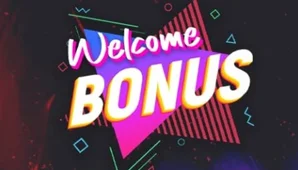Jayser1337 – Hi guys, today I have an epic guest with me—this is my friend and high-stakes legend Sergey Nikiforov, known as MunEZ_StaRR on PokerStars. Hi Sergey, how are you today?
MunEZ_StaRR – Hi Jayser, I'm great! Thanks for having me. Hopefully, this video will be both great in terms of educational purposes and we'll have some fun as well.
J – Thank you for coming, first of all, and for taking your time. I know that you're very busy right now; you're playing this challenge on CoinPoker against the best high-stakes players and you're doing pretty well from what I've seen. I hope that you'll show the great results you deserve.
M – Yeah, I'll do my best! It's been just a few days and I can say that I've been running pretty good over those several days, so let's see how it unfolds in the end.
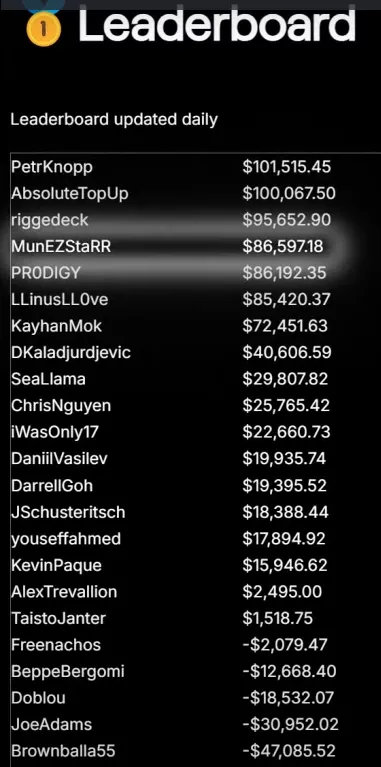
J - Cool!
Before we begin, just a question about this championship that is going on at CoinPoker right now—it's super interesting! What is your main motivation to play these games? Because from an expectation perspective, I think this format is not the best. What do you think about it?
M – Well, first of all, my main motivation is to get some good volume in because recently there haven't been many games trying at 10K and above. At the moment, you can play at least 12 hours non-stop at CoinPoker and you can play four tables, so you can definitely grind some nice volume over these months that the challenge will be on—playing a lot, competing with the best in the world—and hopefully getting some decent results. These are my main motivations for the challenge.
J – Nice! To me, it seems like the purest form of poker, which is competition. Money is set aside—which is not very common these days. Usually, people try to select well to beat the rake in the room but in this challenge there is no rake. The only downside is that you get to play against the strongest players in the world. But it could be an upside as well because it helps you boost your skill a lot. It's not for everybody; you can see pretty much the best players competing against each other.
M – Yeah, that's right! The good news is that over the last several days, the game ran around the clock—you could pick the time that works best for you and you can pick opponents that you're willing to battle against. So it's not necessary to play against top guys like Linus and DavyJones all the time; we can maybe pick some people who are a bit on a lower level and try yourself against them first. If that goes well, maybe go and play against everyone else.
J – Nice! Sounds like a solid plan! I wish you the best of luck in these games because luck is really needed—the variance is going to be very high, I think!
M – Thanks!
Jayser and MunEZ Analyze Their Hand
J – All right, let's start with today's analysis. This is an interesting format—we'll begin with the hand played against each other.
What is going on here?
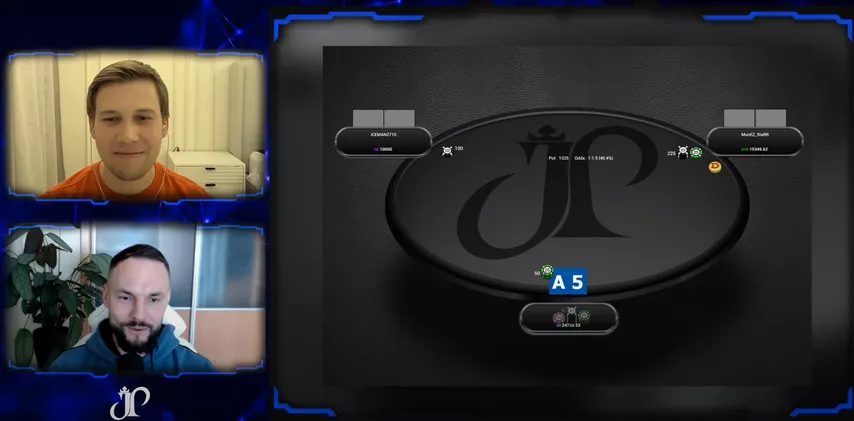
We played some hands with Iceman and MunEZ_StaRR. I got Ace-5 suited—the best hand according to GTO Wizard—so we must 3-bet here obviously.
MunEZ calls on the flop; everything is standard—I just C-bet 1/3 and Sergey raises.
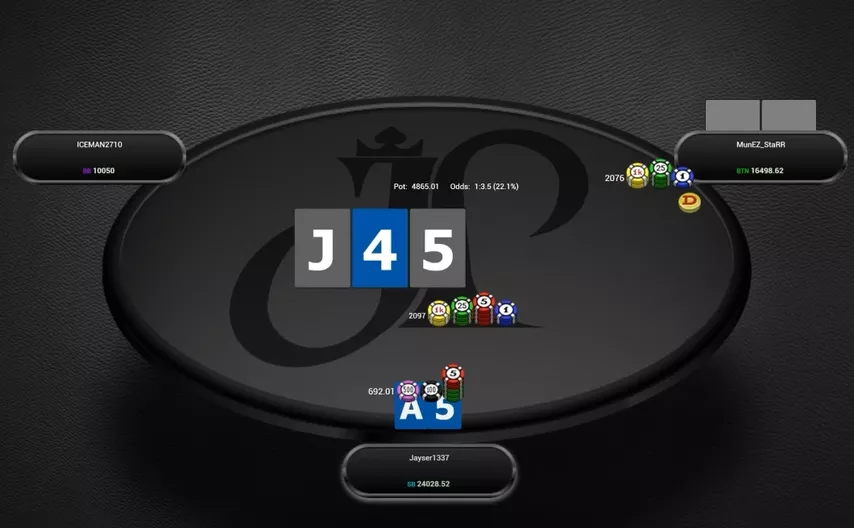
I'll say how I see his range and then I'll ask Sergey if I'm wrong about his range or if he would do something differently.
When I'm faced with a raise here, I expect him to have sets—let's say a set of fives and three sets of fours. I don't think that many sets are going to be slow-played because we are almost 200 BB effective stack deep. Pocket Jacks—maybe half of them are called pre-flop and the rest are 4-bet—so I don't expect many slow plays from him on this flop.
Let's say set of fives: three combos of fours and maybe one combo of Jacks—five combos of sets—and then suited probably makes sense to raise; let's say 50/50 for one more combo. Then maybe bluffs like type hands—maybe suited—which should be flat deep-stacked— suited... Well, by the way, would you call this hand pre-flop?
M – Yeah, definitely!
J – So it's always a fold at 100 BB, but 200 BB should be a nice call. Well, it makes a nice bluff on the flop as well, along with hands like suited, suited, and pocket sixes—especially the one with spades. Then there are hands like , , maybe with backdoors and some flush draws—like suited, something like a combo draw—and then maybe two overcards plus a flush or hands like .
Anything else you would raise here?
M – I think when you are that deep, this board actually is pretty good for the button because of the connectivity between and . I would imagine that the small blind's range should not have that many hands like , , , . When this board comes, there are two more cards to come, and there can be a lot of runouts where the button will have unique nuts. The small blind won't have them. For example, a , a , an , a , or a —those are all favorable for the button.
I think nowadays the button should build its raising range around the combos that both hit those cards and do not hit those cards. Some of the combos should hit those cards; some of them should still be bluffs on those cards because it can still be very profitable to follow through with aggression on those cards.
As you mentioned in terms of value, the button could have sets—sets of fours, sets of fives—mainly sets of Jacks, although I would probably slow-play Jacks nowadays in this spot. I feel that is a very good combo to raise here on the flop because it’s a very good hand to make the small blind fold his underpairs at some points. They have so much equity against ; if I'm not mistaken, they have around 30% considering they could hit a set or a Jack and counterfeit the flop—mainly sets, two pairs, and various lower pairs around and .
J – It's nice that you mentioned draws like open-enders— and —I forgot to mention them! By the way, the way I would build my range is that I would definitely raise the diamond combos always—so and —to make better diamond combos fold because we can raise on the flop and then we almost always continue on the turn.
But then I would also slow-play some of them—probably less in a 200 BB scenario but much more often in a 100 BB scenario because of the risk of being raised or shoved on the flop and then just like our equity getting burned. Would you slow-play your open-enders and gut shots on the flop? I mean not slow-play—but play passively? Or would you always try to raise and apply maximum pressure here?
M – I’d raise with every single combo with those hands as part of my strategy. Raising with diamond combos is pretty good because they will fold out a lot of better backdoor hands.
J – It's also cool that you mentioned this because this board is connected; the button could raise more often compared to 100 BB deep because he's not at risk of getting shoved on the flop. So he can realize his eight-out type hands and gut shots.
At the same time, we want to add some unobvious bluffs like two overcards and then backdoors. If a , , or comes on the turn, we could have those hands and then bluff them on the river. So it's not obvious how our range looks for our value.
M – I think there are two interesting hands to raise in this spot: pocket twos and pocket threes—with or without spades—they make really good bluffs!
J – What about hands like or ? This hand is very important because this is what I was hoping to see in this hand as the action shows.
M – We think those hands with diamonds sometimes do raise; they call as well.
J – The last point I'd like to cover here—and I'd like to hear your opinion about this idea—is that on a flop where we're deep, we should C-bet less compared to 100 BB. I mean this is quite an obvious idea but still—we shouldn't just play our hand on autopilot and C-bet at high frequency here because in a 200 BB scenario, the button's range is going to be stronger due to those suited connectors and additional equity-type hands.
M – Yeah, that's absolutely right! I would also say that ideally, small blind sizing should be larger than one-third pot because you do not pressure that many hands in the button's range with this sizing. Basically, every backdoor hand calls; every hand with two overcards calls; any pair could call this size. So you basically have very, very little fold equity here at 200 BB.
J – Yeah, I agree! So as we adjust our betting frequency by making it stronger, we can also increase our bet size—that would be a very logical adjustment!
Let's see what happens on the flop. We have no other option but to call. I don't think that three-betting makes any sense. I mean, yes, we block sets of fives, but from our whole range perspective, I don't think that we really want to do that with this hand. It's pretty good.
A horrible card comes; . I check and Sergey bets 2/3.
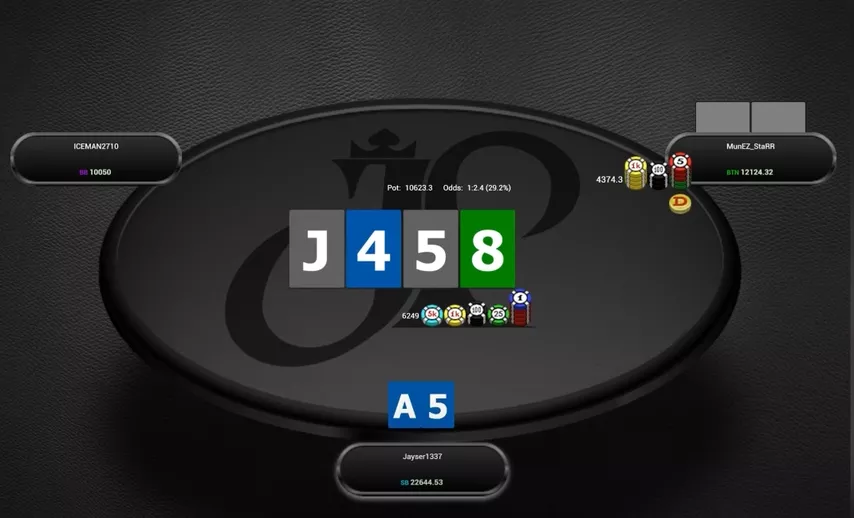
This is a very tough spot, isn't it?
M – That's why it's important to really have good hands here on the turn that do not hit an eight. I would love being here with pocket twos or threes because I could apply a lot of pressure to your range. Not only can I do that on the turn, but also there will be a lot of rivers that I could bluff through.
What are your thoughts on how to continue in this spot?
J – I'd like to point out this very important thing: our play is going to be different from GTO because the majority of our opponents—and when I say "our," I mean players who play, let's say, mid-stakes to high-stakes—would under-bluff in this spot in the button's position because they wouldn't have enough backdoor draws and those overcard-type bluffs on the flop. I think they would raise tighter than GTO suggests, so on this card they would have less bluffs and more value than they should in theory. Therefore, it would be a fold for the small blind against most opponents—especially against the tighter ones.
But against stronger players like Sergey, here is the problem: he will have those bluffs, and it's not really obvious if our hand is worse than, let's say, pocket tens or pocket nines. From a theoretical perspective, I think those underpairs are better because they have some pure outs against sets and two pairs, whereas our hand blocks one of the sets but that's pretty much all the benefits that this hand has.
So I'm not sure if we should call here against stronger opponents; probably it's a close decision but definitely a fold against tighter players. What do you think? Would you continue against yourself or just fold already? Because I mean, the spot is getting worse and worse.
M – Yeah, if I were in your shoes, I would be concerned about losing to the bluffs that the button could have. For example, it's not out of this world for the button to barrel a hand like or trying to fold out your nines and tens while getting calls from flush draws like sixes or sevens or fives and sixes and stuff.
So I'd probably fold your hand. If we go here with these large bets, there will be a lot of rivers where our hand either gets even worse or will be bluffed at very high frequency.
J – I remember after playing this hand it took me a lot of time to think about it. I remember walking around the lake and just contemplating what was going on here. I realized that the biggest mistake in my thinking process at that point with continuing on the turn was that there are plenty of hands like pocket sixes and as Sergey mentioned and type of hands that we already lose to. So our blocker is not super helpful here.
The more I thought about it, the less I liked my hand—it went from a marginal type of hand to a mistake type of hand category. So anyway, I thought and continued on the turn thinking that my blocker works and...
Now it's an interesting card!
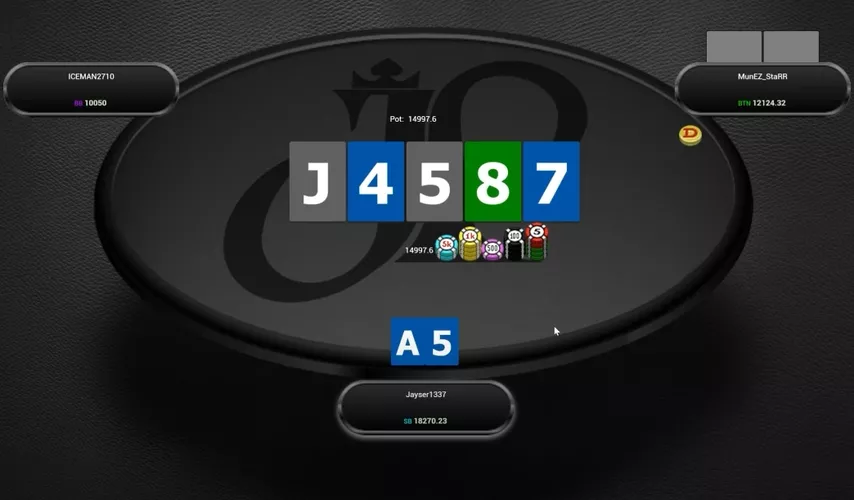
Some of Sergey's bluffs have gotten there; pocket sixes, , remain as value bets. I think sets are going to shove—hands like —but there is just one combo if one raises and one calls on the flop; it's going to check behind probably. What is going to shove? One set of fives, three sets of fours—that's four combos—and then pocket sixes—how many? Probably half of them raised on the flop; let's say three combos.
So let's say seven combos total—and then some —maybe eight to nine combos altogether—maybe some slow-played Jacks—but overall I'm thinking there are around eight to ten value combos repped here.
So in the big blind, I don't think we can donk bet on the river because this card doesn't help our range; we don't have as many sixes or s as our opponent does. So we check—what can go wrong?
He obviously shoves the river.

From eight to ten value combos given the pot odds, we need around four bluffs approximately on average—and those hands could be pocket deuces, pocket threes, , .
I think—and this was one of the main reasons why I called on the river—that this card looks really scary in the small blind's eyes. Therefore, I would expect from a stronger player to kind of overbluff here even with bad blockers like flush draws.
So we're talking about some almost max exploit on the river—but still this is something I would expect. From this perspective, we need to get like four bluffs to make a profitable call.
Do you think it's realistic or are we done?
M – Yeah, before answering your question, I wanted to ask you a question. So, we've mentioned a lot of different bluffs on the flop—that's a good raise. Do you expect any of the bluffs to not follow through on the turn? For example, if the button has a hand like with the , do you expect the button to check back on the turn?
J – I'm not sure because the turn card is quite significant. Obviously, sometimes this hand is given up, but not always because the turn card looks very helpful for the button's range. There are still plenty of hands that will fold, for example, tens, nines or could fold and float like , , or with spades. So probably at least some part of those hands will continue on the turn.
M – Yeah, I feel the same. If those hands bet the turn most of the time and then this river comes, I do not expect a hand like with the or or to give up. I do not expect pocket deuces or pocket threes to check back. The only hands that I expect the button could check back are flush draws or maybe a hand like or with a flush draw that can slow play against a non-flush draw small blind's hand.
You mentioned that we need four or four and a half bluffs to make a slightly profitable call, and I feel that there will be enough bluffs in this spot. Moreover, I feel that your hand is better than most of the bluff catchers that you could have in this spot. It's definitely better than hands like Queens or Kings or . We even didn't mention hands like and that could have raised on the flop and are now gut shots without a flush draw. That's a possibility as well.
I see your reasoning behind calling the river.
J – Yeah! I mean, I remember taking a big part of my time bank before making this call, but honestly on the river, I don’t feel that bad about my call. I think it's fine; we should definitely win more than 30% of the time here if our reasoning is correct. But the turn play—that's the elephant in the room! You know? I think that's the biggest mistake in this hand.
So on the turn, we should have clearly folded; but on the river, if we are here with a hand like this, I mean calling is definitely fine—it should be plus EV!
Let's see if it works.
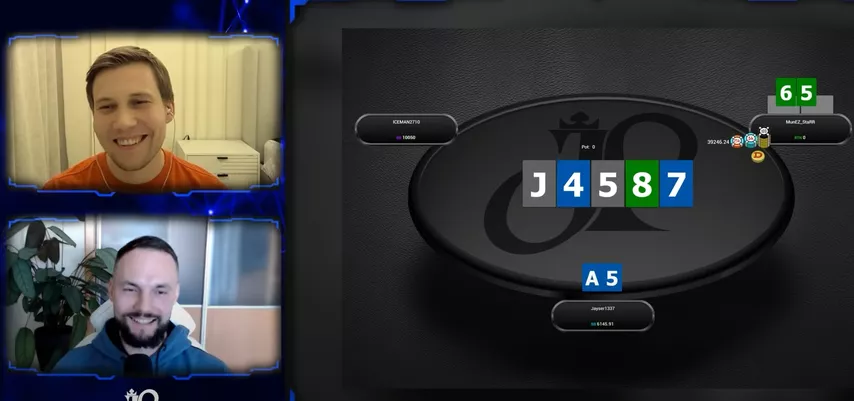
Well, it didn't... but yeah—well played!

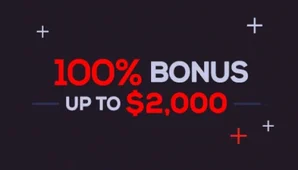
Hand Analysis for Jayser vs Stefan11222
J – The last hand that I played is very interesting because here we didn't see the showdown, but then I've asked Stefan and he told me what he had.
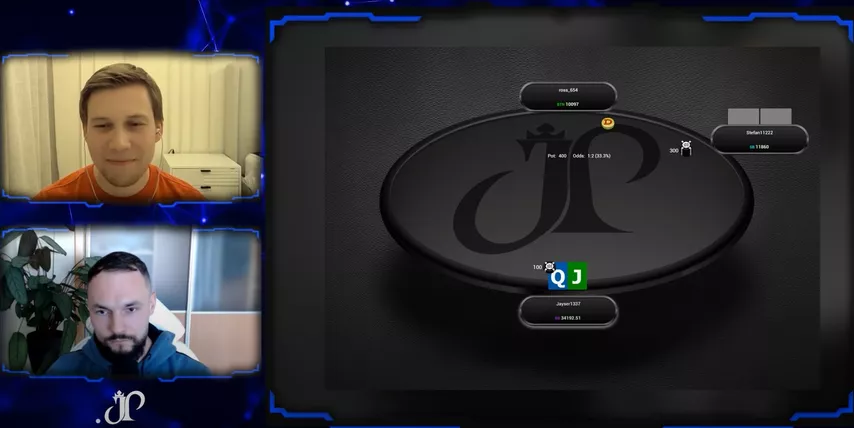
So it would be super interesting to hear Sergey’s thoughts; I don't think we've ever discussed this hand with him.
So let's take a look: Stefan raises from the small blind; we have 120 BB effective, I call.
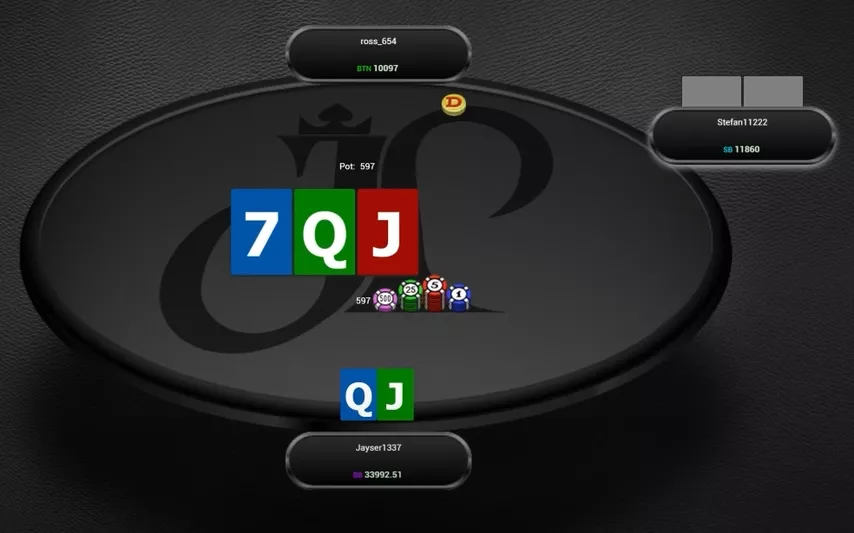
On the flop, he bets one-third and I raised—that's an interesting board!
We know that the small blind has set advantage; we don't have unique sets but we still have a low-frequency raise. We can do that with our two pairs or better given the polarized size.
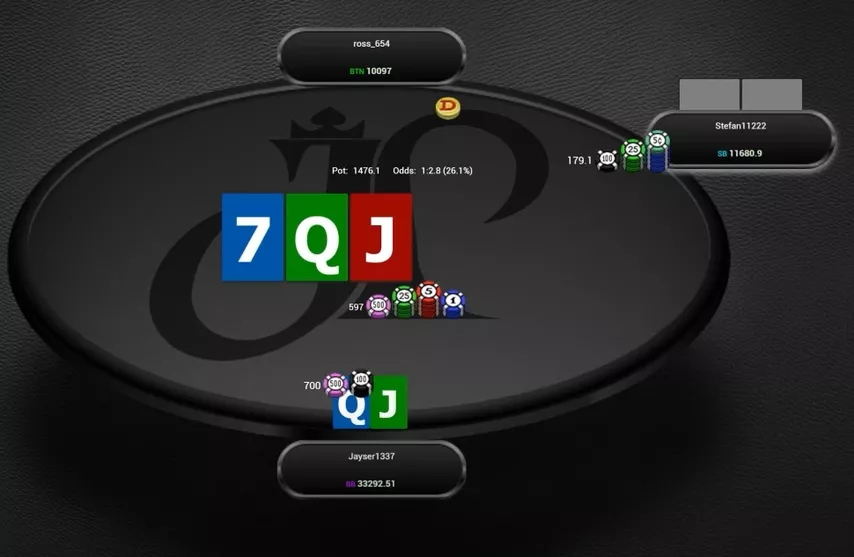
When we face a three-bet on this flop, Stefan reps pocket sevens and two pairs plus probably some other hands—although I'm not 100% sure.
Do you think he slow plays two pairs on the flop ever?
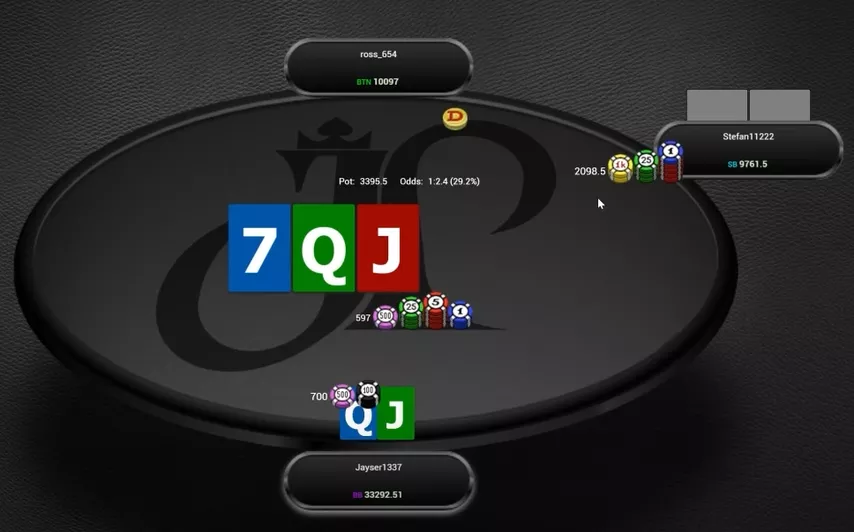
M - That's a good question! I think it depends on his mood to be honest because sometimes I've seen him slow play; sometimes I've seen him make even lighter flop three-bets—like as light as or maybe even sometimes. Not saying that he does that all the time but at times when we played in 2020... yeah! You can definitely put some hands like that into his top three-betting range.
Apart from that, he could have various bluffs here as well—some and gut shot straight draws come to mind that will be tough to realize equity also come to mind—like maybe with a backdoor or or even without a backdoor. He works hard applying pressure.
Do you remember your thoughts at that time?
J – I actually do remember them! You mentioned that he could sometimes three-bet hands as loose as Ace-Queen. Well in this spot—as I was following my hand from the flop—I thought there would never be a hand weaker than two pairs on this flop because as I'm raising using a polarized size, I actually rep two pairs or better here.
I don’t rep things like or here if I used a different size—that would be something like $500 or less raise on this flop—so I'm clearly playing a polarized strategy here. Against this polarized strategy, it doesn't make much sense to three-bet anything at the bottom of my value raising range.
I did discount hands like or overpairs but wasn't sure how many hands like mine would three-bet on this flop.
M – Yeah, I see your point! Well, you said that you used a polarized size—I feel that nowadays players would treat this size not as polarized because now their sizing is roughly around ten big blinds or something like that. So with this sizing, the big blind applies maximum pressure against small blind's gut shots.
But back in the days, we didn’t really have that knowledge about which sizes exactly to use in this spot. This size looks like a polarized one in 2020. If I were to play this hand now, I would raise to something like 1,000 or maybe 950—something like that.

Yeah, definitely more! So what happened?
J – He three-bets, and at this point, I already tried to view these hands from both perspectives—from my perspective and the way Stefan views me viewing these hands. Well, I thought that I know his reasoning and that I understand it because we've discussed the game a lot—you know, for many hours in different spots. Here, I thought that the way he understands my play is that my range here is quite polarized and strong.
Once he three-bets and I call, now my range looks like two pairs plus some strong draws or maybe bluffs like . But I'm not sure that I would continue with because I block his bluffs. So let’s take a more realistic range that he would view here from my spot: two pairs plus then open-enders like and , and maybe some gut shots plus a few bluffs.
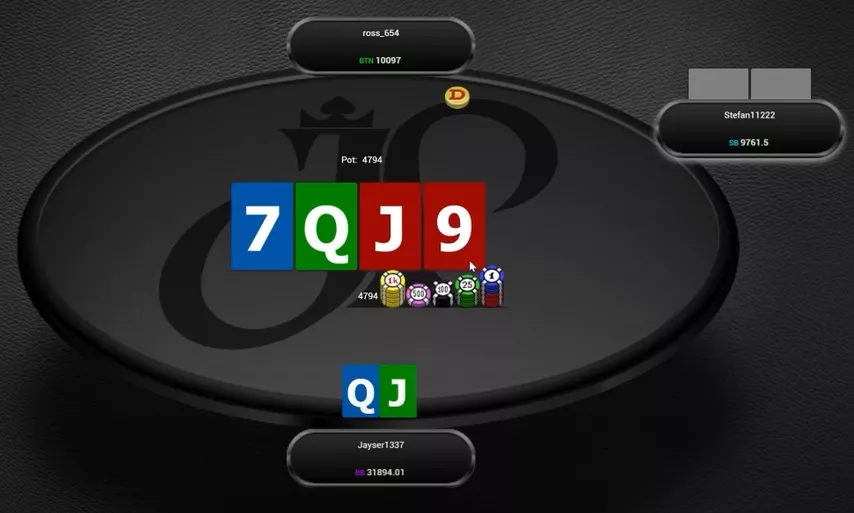
M – Yeah, I agree!
J – So pretty strong, right? Especially when a nine comes on the turn. Some of my bottom gut shots like with a backdoor flush have gotten there— too. So nine is an interesting card; it actually works better for my range than for his range because when he three-bets on the flop, I think he has less and than me because more of them would just call.
So he checks, and to me it looks nice! Now I want to continue betting and I go for 1/3 or even less of the pot because of our stacks. Let’s see—the pot size is almost 5K and he has less than 10K in his stack. So one small bet on the turn followed by a river shove would be a nice set of sizes.
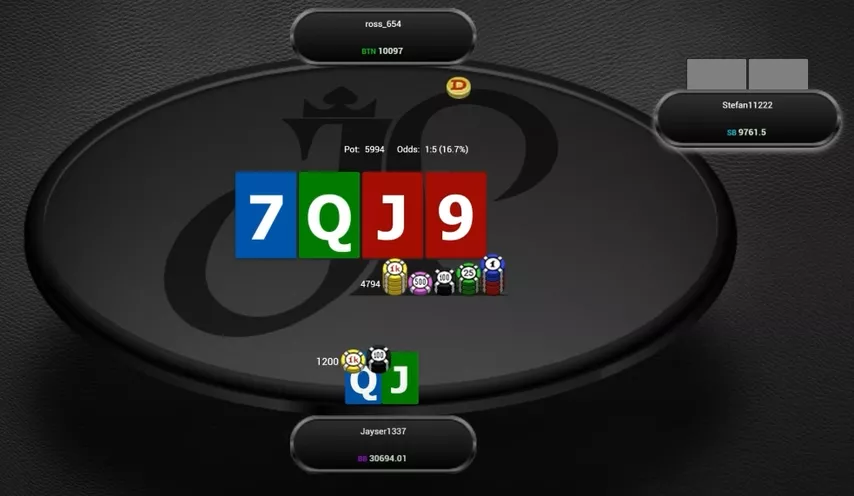
Another reason why I chose a smaller size is that it's really hard for me to have many bluffs here given the action—like what are my bluffs? I called the three-bet on the flop. So I either have a straight now or two pairs plus maybe a very strong draw like or —something like that.
M – Maybe you could have some with a better flush draw as well.
J – I mean, probably from a theoretical perspective we do have to continue with plus a backdoor flush draw but in-game I wasn’t sure if I would do that.
Yeah, I mean we block his bluffs so it’s not super obvious anyway. Would you agree with the size that I've used on the turn or maybe you’d choose a bigger bet?
M – I feel that we could bet larger because he has part of his range that would call more and he doesn’t really have any hands in his range that would fold to say $1,600 and continue to this size—maybe he could fold but from how I feel Stefan plays, he would not check in the first place so it doesn’t really matter to target it in this spot here.
So I would probably bet a little bit larger.
Yeah, your sizing is fine as well!
J – Around 40% would probably do a better job here.
All right! What could go wrong? So I bet; my range is super strong in his eyes at least—that's what I'm hoping for—and he goes for a check-raise. Now what the hell do we do here?

M - That’s very scary! Maybe he could have the same hand as we do so that's helping us a little bit. And um... I don't know; it's very tough!
Usually these check-raises are quite strong but I still think our hand is too strong against this type of player and I don't think we could do anything but continue here.
I don’t think it makes sense to jam here because I don't really see many hands that could play this way. Maybe 10-9 that has good equity against us but other than that it's either something like or that's better than ours or like a similar hand.
Did you entertain the idea of shoving the turn?

J – Oh no! Shoving never! Because all his potential bluffs that he could have here—given how strong my range is—they don’t have much equity against me. So we don’t really win anything by trying to burn his equity; it’s not substantial—like —and as you mentioned maybe suited if he three-bet that hand in the first place.
So shoving is never on the table for me—95% of opponents maybe 99% in this spot except for Stefan—and I would gladly fold on the turn because of how under-bluffed it looks just from my experience. You know? All of my senses are screaming that we're done here; our range looks so strong and uncapped and we're getting check-raised on the turn again—it looks extremely strong!
So I think I've burned all of my time bank here and then decided to fold because it's extremely easy to under-bluff here and it's very tough to overbluff here. If you think about his range and my range. Once again, it’s so hard to overbluff being in his shoes. I know a solver would never forgive me for folding here; he would say that it’s never a fold. But this was the way I thought in the moment, and I decided to fold.
M – I feel that one important factor in this hand is that you still have outs against his nuts. I don’t really think he would play a set this way; I feel he would continue his aggression. So he’s basically repping or maybe , and we have around 9% equity against that hand. In the solver world, I would imagine that’s never a fold, but yeah, you played against Stefan at that given moment in time; you knew what his tendencies were back then.
It was your responsibility to make the call or fold!
J – Haha, yeah, deal with this situation you’ve gotten yourself into. Just one thing to add: if a or comes on the river, I’m not sure how good my implied odds are. If he has a hand like or , is it a 100% stack-off on the river or not? Most likely, but still on the turn, I didn’t give him any hands like mine in this three-betting range. —I thought it doesn’t make much sense. Like, what does he achieve by three-betting this hand?
Do you see any benefits to three-betting on the turn?
M – I mean, maybe he just tries not to give a cheap call down to your weaker two pairs and doesn’t want to give you a cheap river with hands like . So maybe it’s a check-raise for value and to see what comes on the river.
J – Yeah, so it seems like I've underestimated this spot. Basically, I asked him what he had here, and he told me he had the same hand— —so it seems like I got owned here. But it’s an interesting hand to think about! Still, against most players, I'm very confident about folding here because I don’t think that people do this type of almost double check-raise on the turn with hands like mine.
M – Yeah, even if he has the same hand every single time—let's say maybe four combos of —he never has bluffs, then maybe it’s still a fold. Because, how are you going to win the pot in the end? You know?
J – Yeah, anyway, it was what it was!
Editor's Note: Jayser and MunEZ continued their analysis in the second part of the series, which you can watch below.
